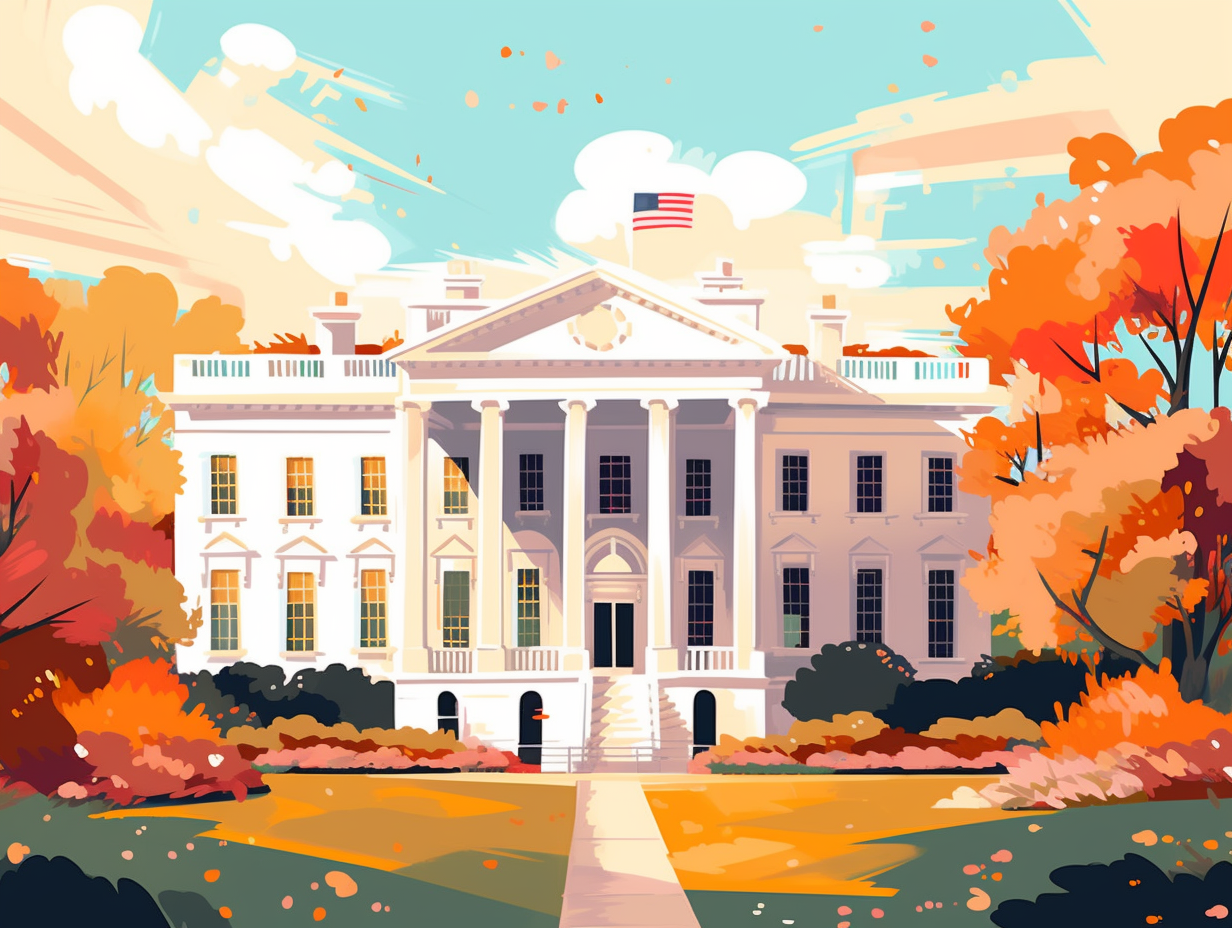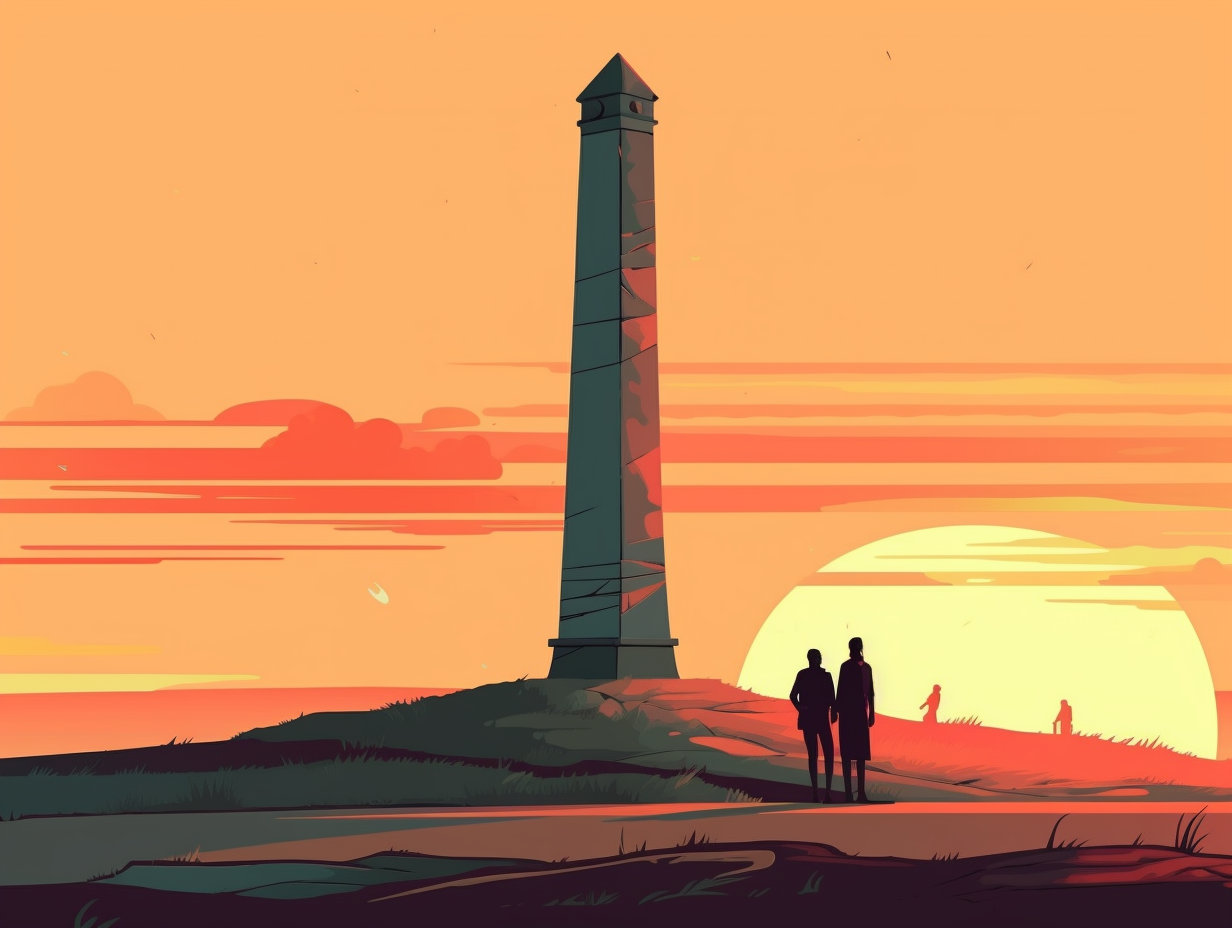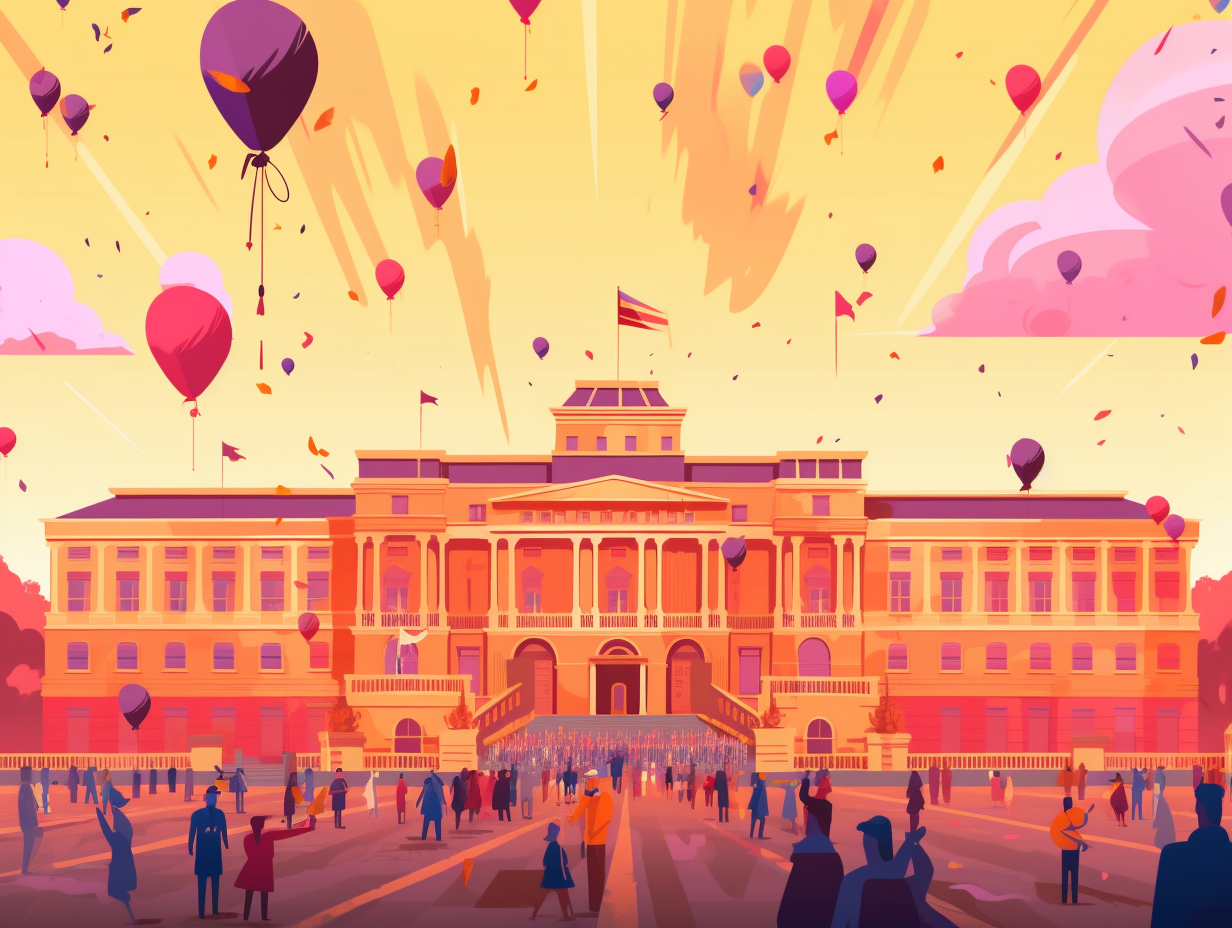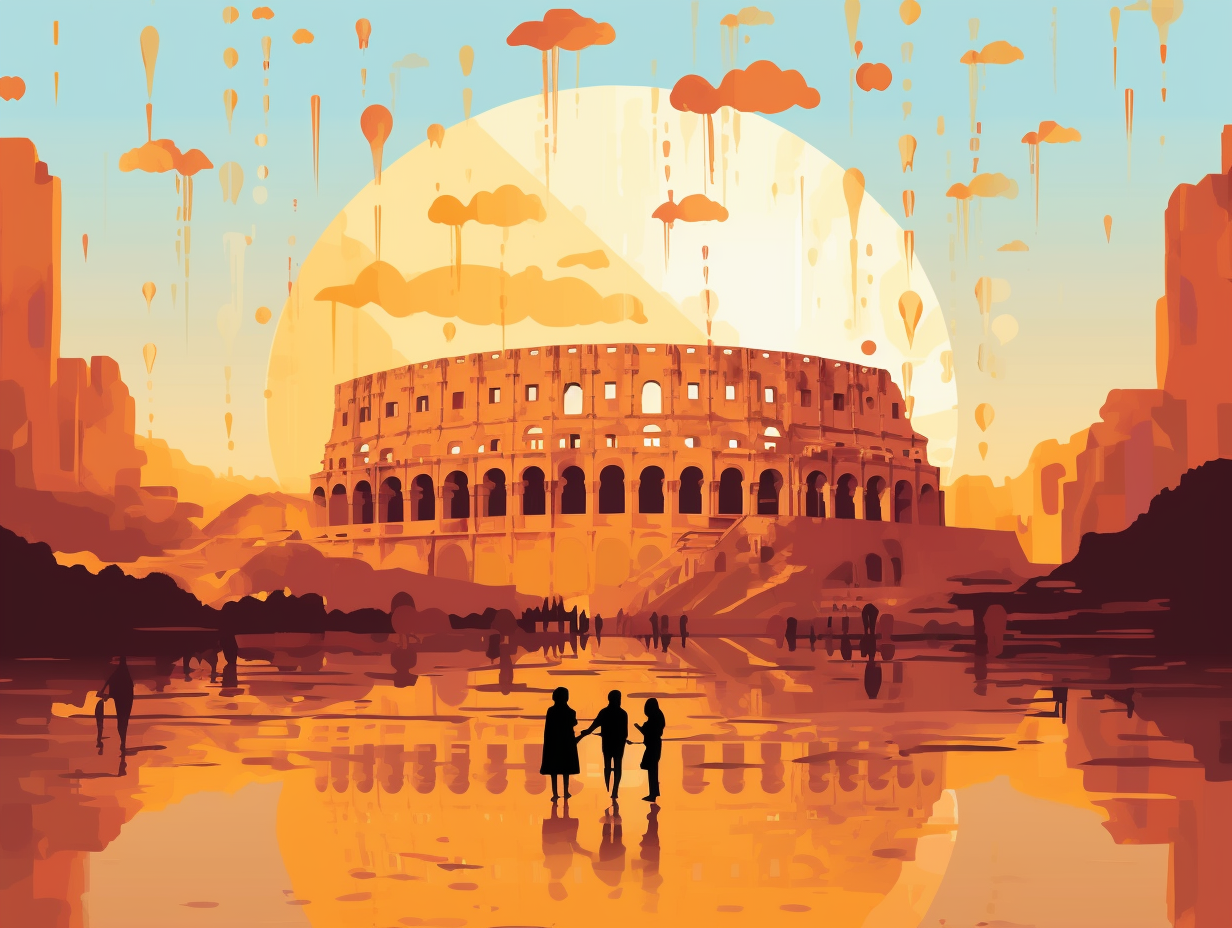Discover the Top 12 Unbelievable Fun Facts About Fort McHenry: History, Secrets and More!
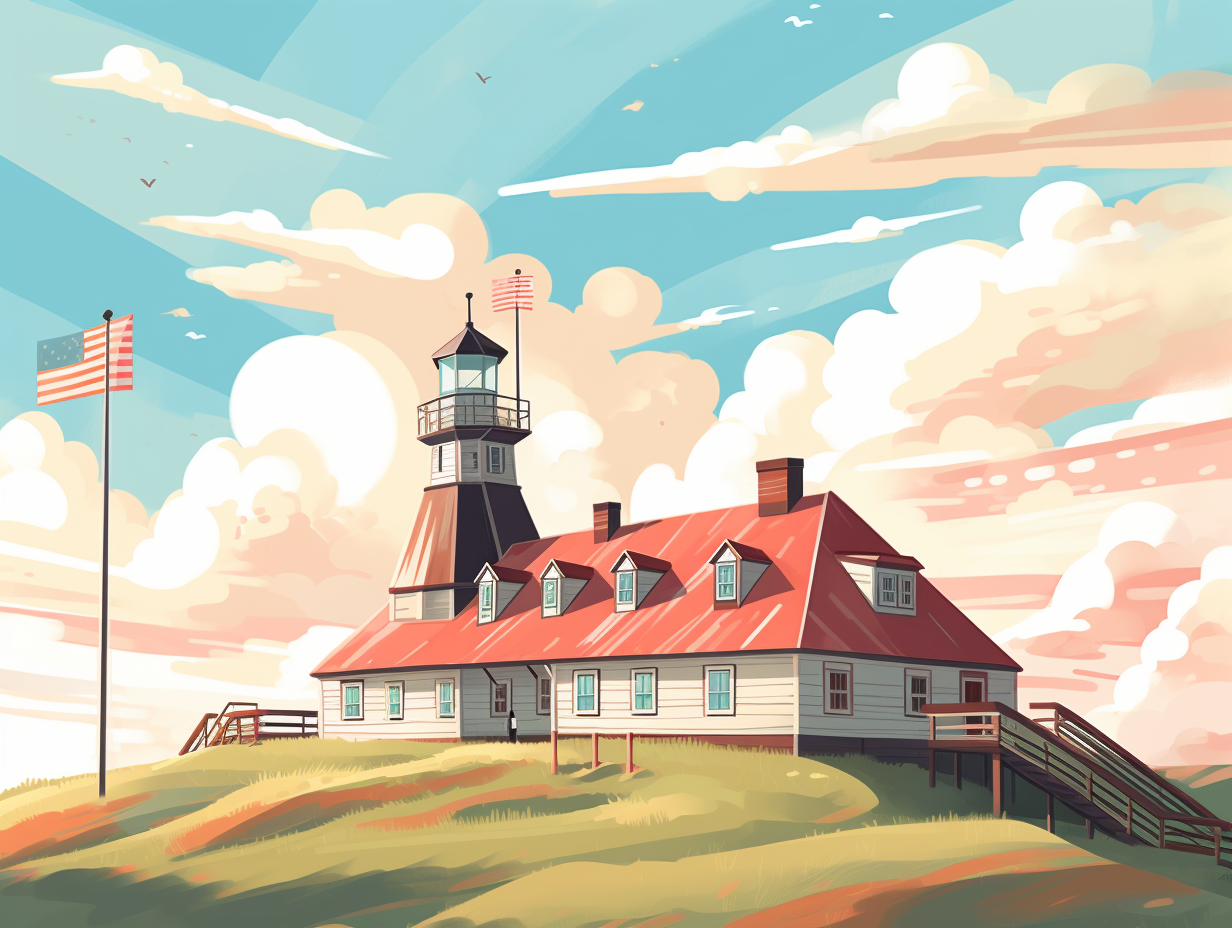
1. Stubborn Flagpole Inspires Anthem
Bombs bursting in air met the world's most stubborn flagpole: Fort McHenry faced 27 hours of British bombardment during the Battle of Baltimore, and when one pesky shell finally decimated the flagpole, the Americans promptly hoisted a new flag - inspiring Francis Scott Key's "The Star-Spangled Banner" and ensuring the fort's legacy as a national monument and historic shrine.
Source => nps.gov
2. Fort McHenry: Historic Landmark and Doctor
If Fort McHenry's walls could talk, they'd probably tell you: "I'm not just a historic landmark, I'm a doctor too!"; During World War I, this iconic fort served as the largest receiving hospital in the U.S., treating over 20,000 wounded soldiers, advancing medical techniques, and even teaching wounded veterans essential job skills to help them thrive post-war.
Source => nps.gov
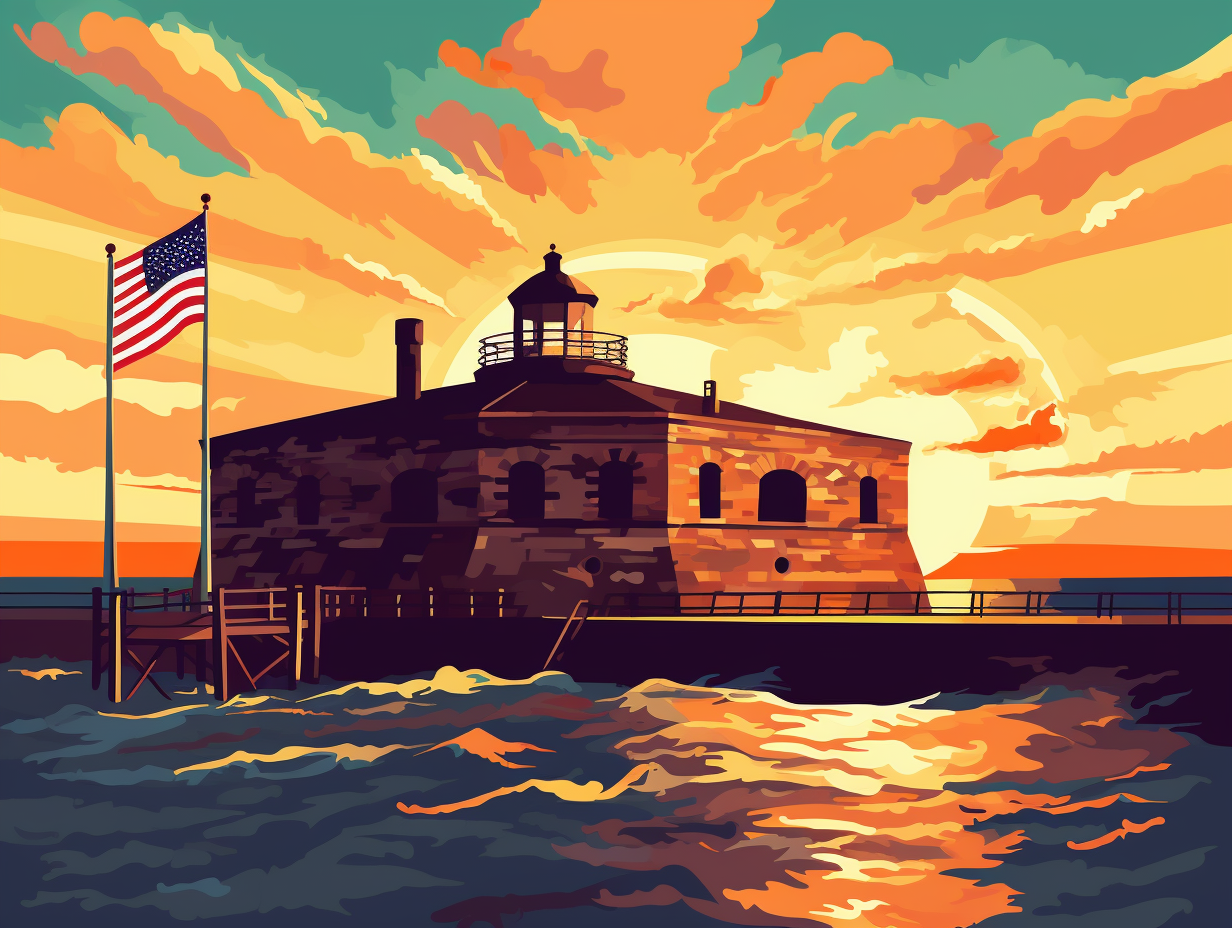
Did you know Fort Sumter endured one of the longest sieges in warfare history? Over 7 million pounds of projectiles rained down during a 20-month slumber party-turned-firework show in the Civil War! 🎇 Discover more astonishing facts by clicking here.
=> Fun Facts about Fort-Sumter
3. Civil War "Cell Block Party"
A "Cell Block Party" redefined: During the Civil War, Fort McHenry became a temporary prison for Confederate sympathizers and soldiers, where they formed literary societies, debated, and played ball games, all while counting among their unlikely inmate population the Baltimore Police, the city mayor, a former Maryland governor, and newspaper editors! Despite the overcrowded conditions, the death toll remained low with just 15 recorded deaths.
Source => nps.gov
4. Rainstorm of Bombshells Inspires Anthem
In a patriotic plot twist worthy of a Hollywood blockbuster, Fort McHenry held its star-spangled ground under a rainstorm of British bombshells: This daring display of defiance in the War of 1812's Battle of Baltimore inspired Francis Scott Key to pen the poem that ultimately became the American national anthem, and the flag that set his lyrical genius ablaze is now the dazzling centerpiece at the National Museum of American History after an extensive, eight-year conservation treatment.
Source => smithsonianmag.com
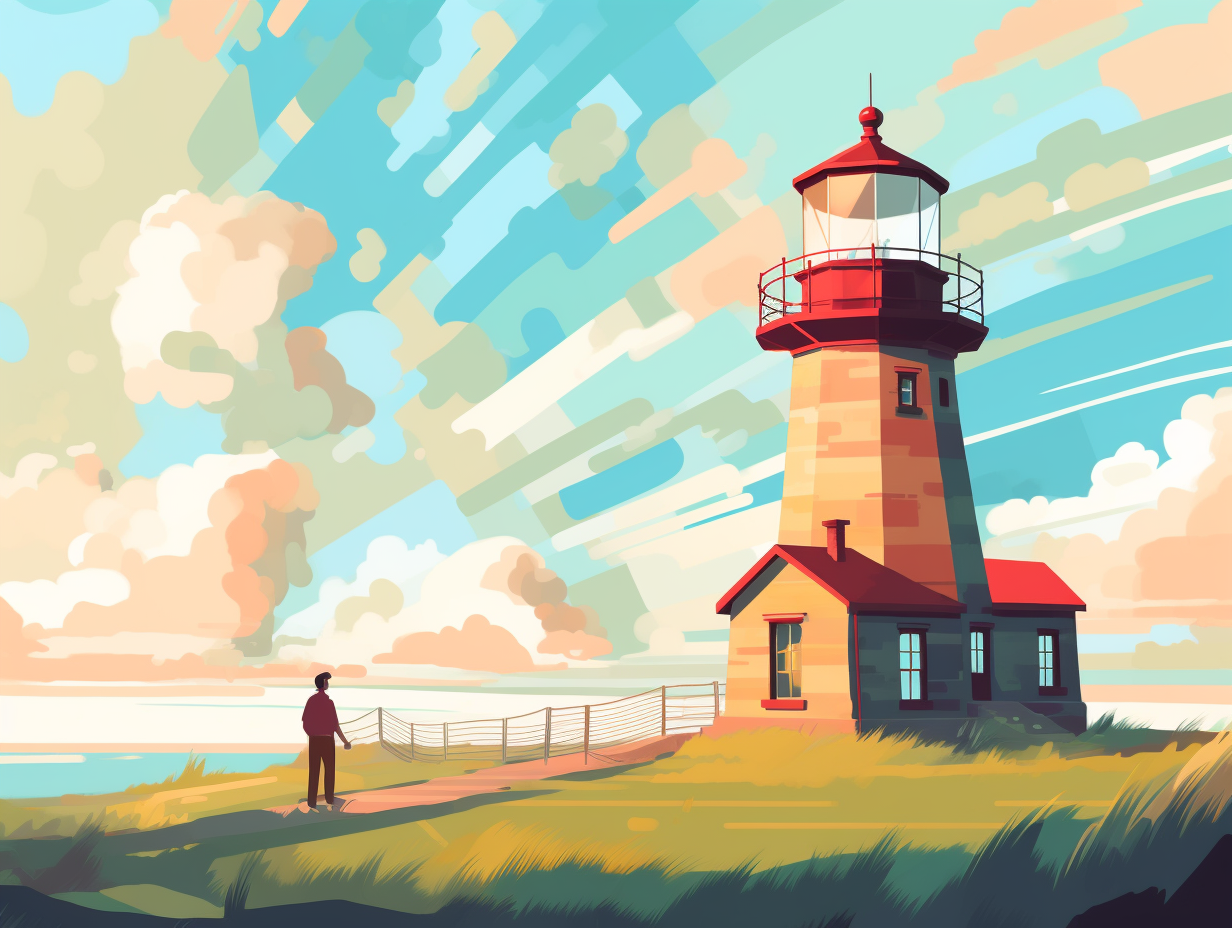
5. British Bombardment Party
With a fireworks display that puts the Fourth of July to shame, the British certainly knew how to throw a proper bombardment party in 1814: During the 27-hour extravaganza at Fort McHenry, they launched over 1,500 shells and rockets, only to be outdone by the fort's impressive defenses that kept damage to a minimum.
Source => battlefields.org
6. Chess in the Midst of Chaos
In the heat of battle, when things got a little "checkered," the soldiers of Fort McHenry decided to make some moves of their own: it is documented that, during the wartime bombardment of Fort McHenry in 1814, American soldiers passed the time and eased their tensions by engaging in leisurely games of chess amidst the chaos.
Source => battlefields.org
7. Patriotic Shenanigans on Defenders' Day
When the British fleet came a-knockin', Fort McHenry simply refused to let them barge in and crash the American party: Fort McHenry successfully defended itself during a relentless 25-hour bombardment in the War of 1812, inspiring Francis Scott Key to pen the iconic poem that later became the national anthem, "The Star-Spangled Banner". The fort commemorates its remarkable feat every September 14th with a flag-raising ceremony and other patriotic shenanigans during Defenders' Day.
Source => nps.gov
8. Hot Shots Annoy the British
Fort McHenry: where 'hot shots' got their start and annoyed the British in a heated game of artillery tag! During the Battle of Baltimore, the Water Battery at Fort McHenry was equipped with 26 cannons which fired blazing 18 and 36-pound cannonballs called "hot shots"; these fireballs forced the cautious Brits to maintain one and a half miles distance, causing them to mostly miss the fort and ultimately retreat in frustration.
Source => hmdb.org
9. Fort McHenry's Wardrobe Malfunction
You know what they say: size doesn't always matter, and flags are no exception! Fort McHenry had itself a fancy wardrobe malfunction during a star-spangled showdown: Turns out, the flag that inspired Francis Scott Key's "The Star-Spangled Banner" wasn't the only flag fluttering above the fort during the 25-hour battle. There was also a smaller storm flag that likely shared the same design, and it was this very storm flag, rather than the massive 30 by 42 feet garrison flag, that actually danced in the wind through the fierce fight.
Source => smithsonianmag.com
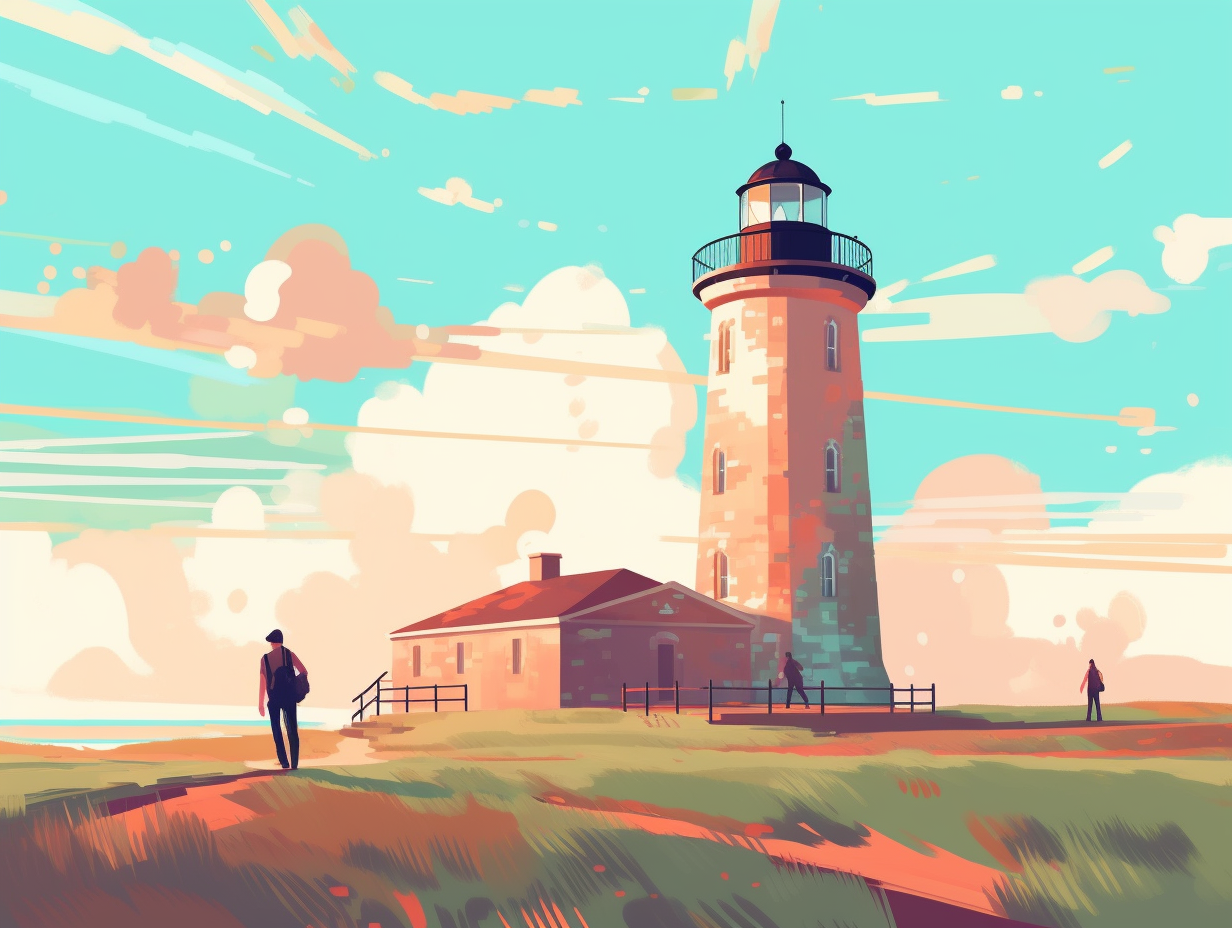
10. Betsy Ross' Sneezing Legend
Legend has it that when Betsy Ross stitched the stars upon the famed flag, she accidentally sneezed, and Francis Scott Key passed her a tissue - approximately 199 years before they were even invented. The thread of history can be truly miraculous: Tis true that the American flag from the War of 1812, which inspired Key's poem "The Star-Spangled Banner," still reigns supreme at the Smithsonian National Museum of American History in Washington D.C. Spanning a colossal 30 feet by 34 feet, this flag's bold stars and stripes forever wave to honor its fifteen states in an unbreakable union.
Source => nps.gov
11. Armistead's Giant Flag of Defiance
In a star-spangled display of American defiance, Lt. Colonel George Armistead whipped up a grand ol' flag before the Battle of Baltimore that was large enough to make Betsy Ross do a double take: Armistead's decision to commission a gigantic American flag during the 1814 battle not only served as a symbol of resistance against the British but also inspired Francis Scott Key to pen the iconic "The Star-Spangled Banner" following the fort's glorious victory.
Source => nps.gov
12. Fort McHenry: B&B for Confederate Guests
Fort McHenry, when it wasn't busy inspiring national anthems or slapping mosquitoes, surely enjoyed an illustrious side hustle as a B&B for uninvited Confederate guests, complete with all-inclusive amenities: Fort McHenry served a vital role in the Civil War, not only protecting Baltimore and its harbor from Confederate invasions but also graciously accommodating captured Confederate soldiers as special guests in their very own prison facilities.
Source => nps.gov
Related Fun Facts



